Should the wiper blade be replaced due to aging
Should the wiper blade be replaced due to aging? Of course, this must be replaced, otherwise it is easy to cause accidents in rainy days. In order to improve the driving safety factor, the aging wiper blades must be replaced. How often do we replace the wiper blades? Is it necessary to wait for aging before replacing?
Generally speaking, the service life of the wiper is only about one year. This is because the rubber is easy to age, so most wiper blades need to be replaced once a year or so. Of course, if you use it carefully, it can take about a year and a half. However, you still need to see the working state of the wiper to determine whether to replace it. Generally speaking, as long as the wiper blade is not dirty, there is no mandatory rule on the replacement time of the wiper blade. However, under the sun exposure in summer and the cold attack in winter, the wiper blade will age faster and crack. When using the wiper, it is necessary to replace the wiper when there are residual stains, strip marks, shaking and abnormal noises on the glass.
Here are some possible causes of wiper blade aging:
1. Wear of knife edge caused by rain and air (sand, mud, dust and foreign matters);
2. Corrosion of bracket coating soaked in rainwater and cleaning solution (containing acid or alkali);
3. Corrosion of the adhesive strip caused by immersion in rain and cleaning solution (containing acid or alkali);
4. Paraffin wax or automobile exhaust gas (oil); (jitter and pollution)
5. Cold and low temperature (snow, ice); (Make the rubber strip hard and brittle)
6. High temperature (windshield, sunlight), resulting in rubber cracking and hardening;
7. Rubber strip damage (ultraviolet ray, ozone);
8. The rocker arm pressure makes the rubber strip pressurized for a long time;
9. Ultraviolet ray of UV segment spectrum in sunlight, temperature and humidity cause discoloration, brightness/strength reduction, cracking, peeling, chalking and oxidation of support coating;
10. Normal wear and fatigue of the rubber strip due to innumerable round trips.
Generally speaking, the service life of the wiper is only about one year. This is because the rubber is easy to age, so most wiper blades need to be replaced once a year or so. Of course, if you use it carefully, it can take about a year and a half. However, you still need to see the working state of the wiper to determine whether to replace it. Generally speaking, as long as the wiper blade is not dirty, there is no mandatory rule on the replacement time of the wiper blade. However, under the sun exposure in summer and the cold attack in winter, the wiper blade will age faster and crack. When using the wiper, it is necessary to replace the wiper when there are residual stains, strip marks, shaking and abnormal noises on the glass.
Here are some possible causes of wiper blade aging:
1. Wear of knife edge caused by rain and air (sand, mud, dust and foreign matters);
2. Corrosion of bracket coating soaked in rainwater and cleaning solution (containing acid or alkali);
3. Corrosion of the adhesive strip caused by immersion in rain and cleaning solution (containing acid or alkali);
4. Paraffin wax or automobile exhaust gas (oil); (jitter and pollution)
5. Cold and low temperature (snow, ice); (Make the rubber strip hard and brittle)
6. High temperature (windshield, sunlight), resulting in rubber cracking and hardening;
7. Rubber strip damage (ultraviolet ray, ozone);
8. The rocker arm pressure makes the rubber strip pressurized for a long time;
9. Ultraviolet ray of UV segment spectrum in sunlight, temperature and humidity cause discoloration, brightness/strength reduction, cracking, peeling, chalking and oxidation of support coating;
10. Normal wear and fatigue of the rubber strip due to innumerable round trips.
Related products
-
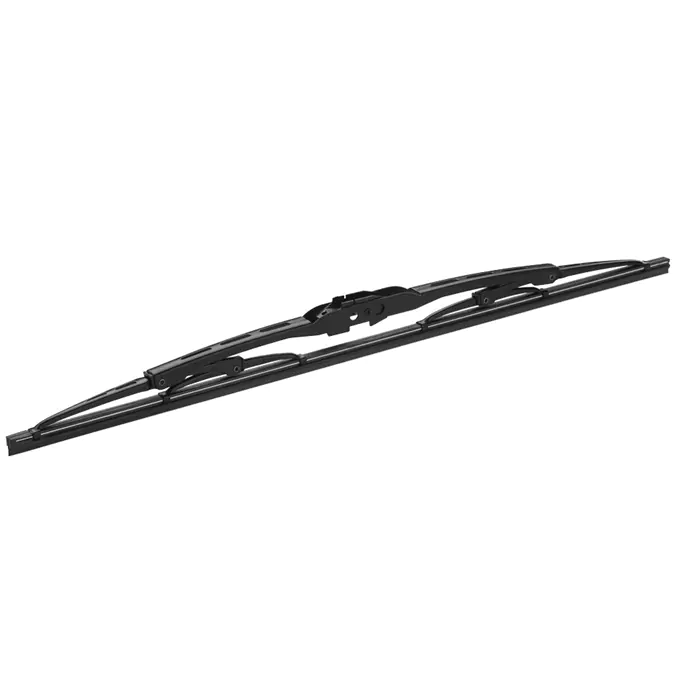
JJ wiper blade supplier frame wiper blade rain car wiper blade
JJ-406
-
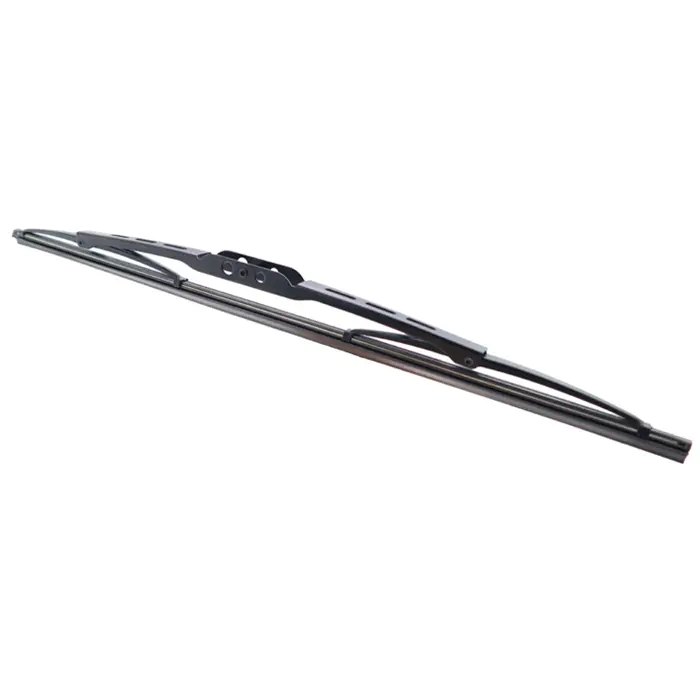
JJ Traditional Frame Windshield Wiper Blade bracket wiper blades
JJ-405W
-
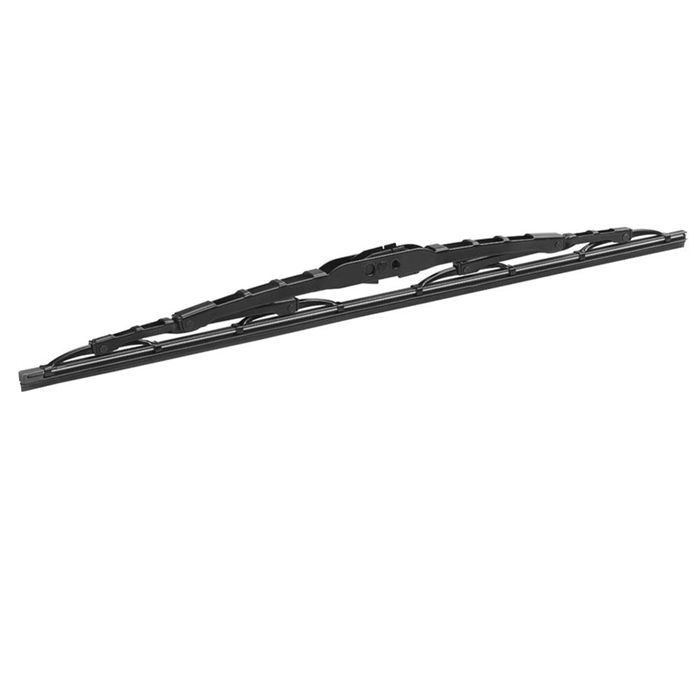
JJ New product customized frame conventional wiper blade metal windshield wiper blades
JJ-409
-
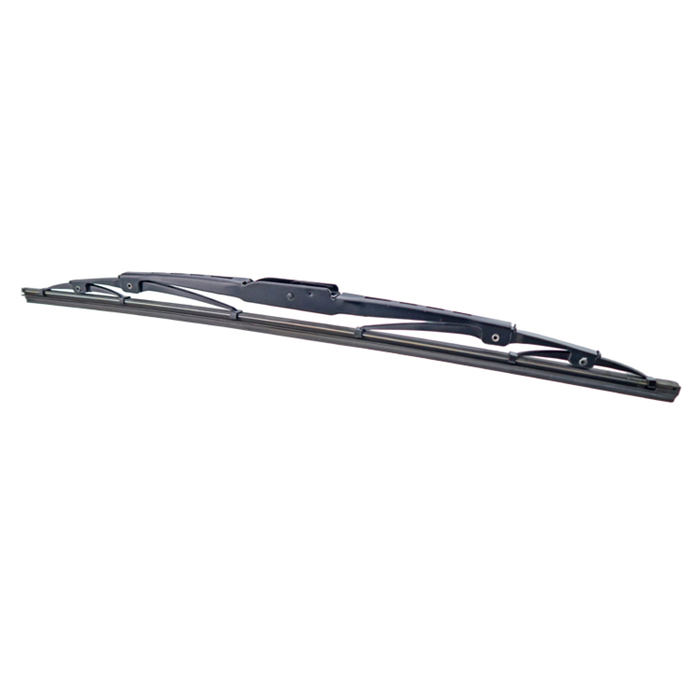
1.2 thickness High quality full metal frame wiper blade
JJ-812
-
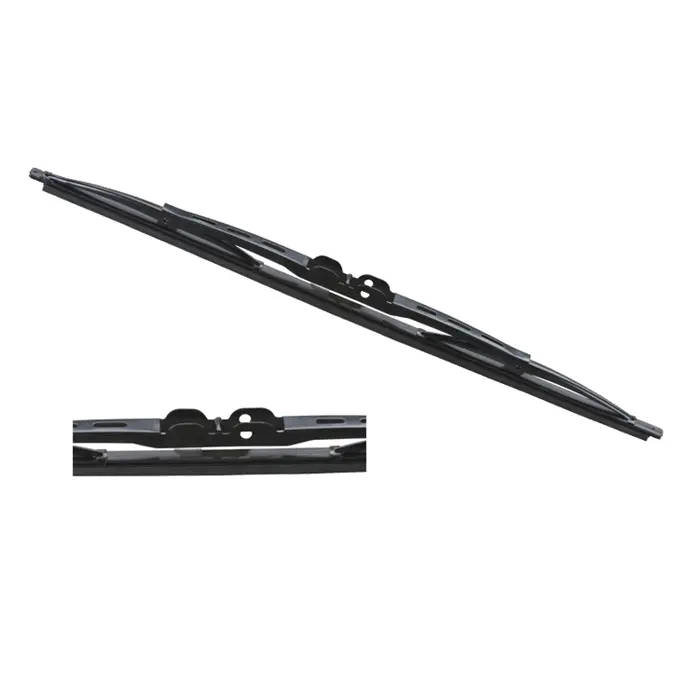
JJ Low MOQ Car Parts Cheaper Auto Wiper Blade accessories parts
JJ-149F-E
-
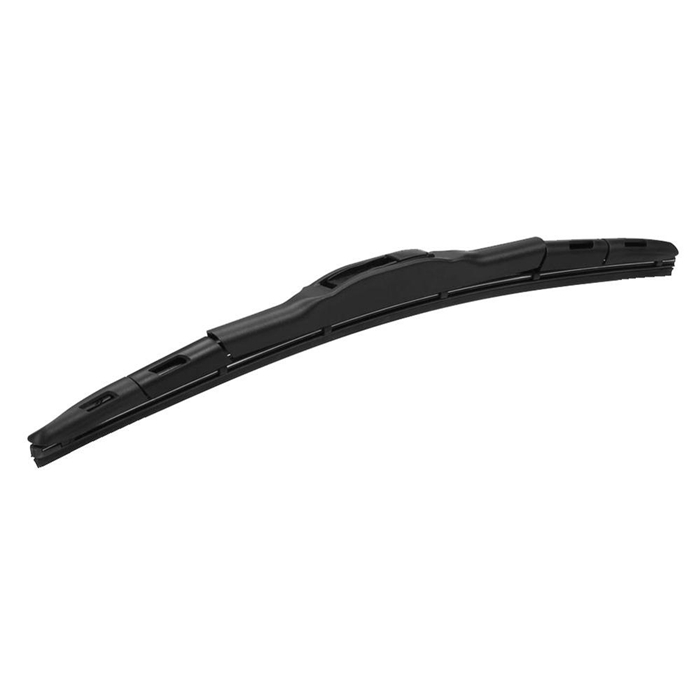
New product premium wiper blade windshield wiper blade for U hook wiper arms
JJ-601
-
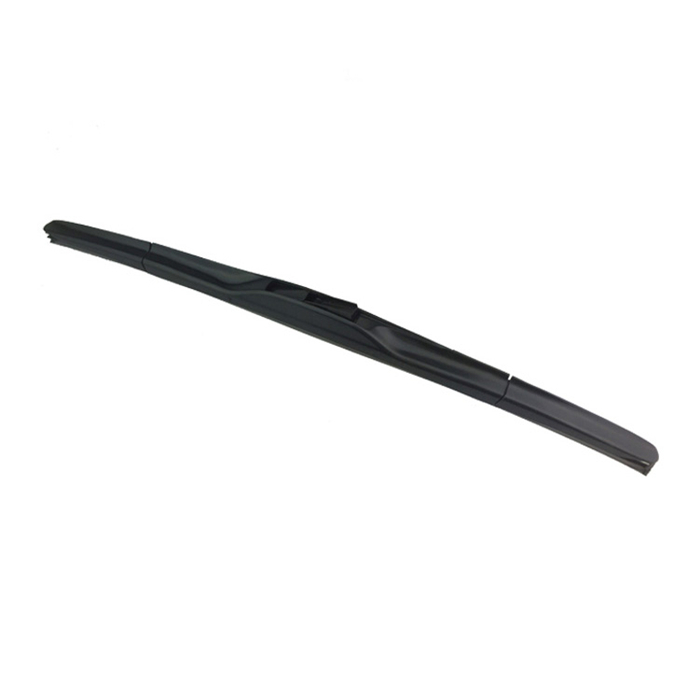
JJ Delivery On Time Direct Connect Windshield Wiper Blade For honda cr-v
JJ-720
-
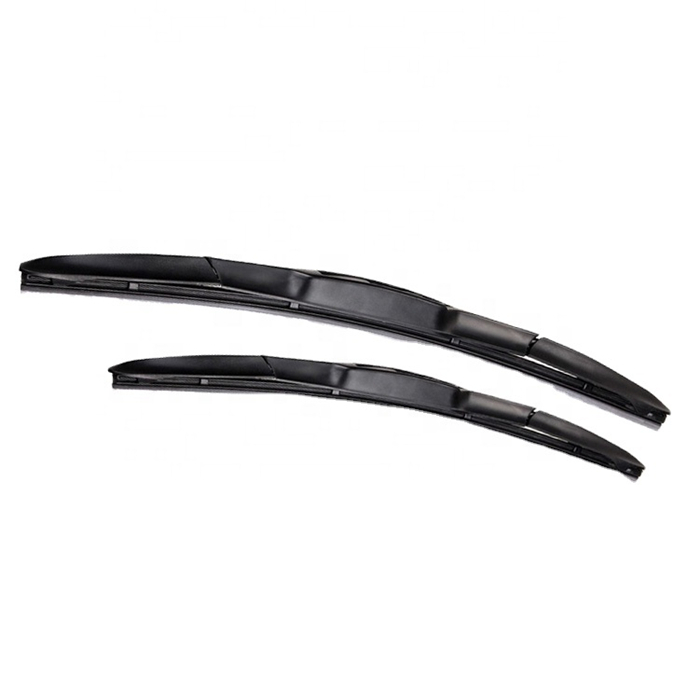
JJ Factory Blade Wiper for toyota spare parts
JJ-718
-
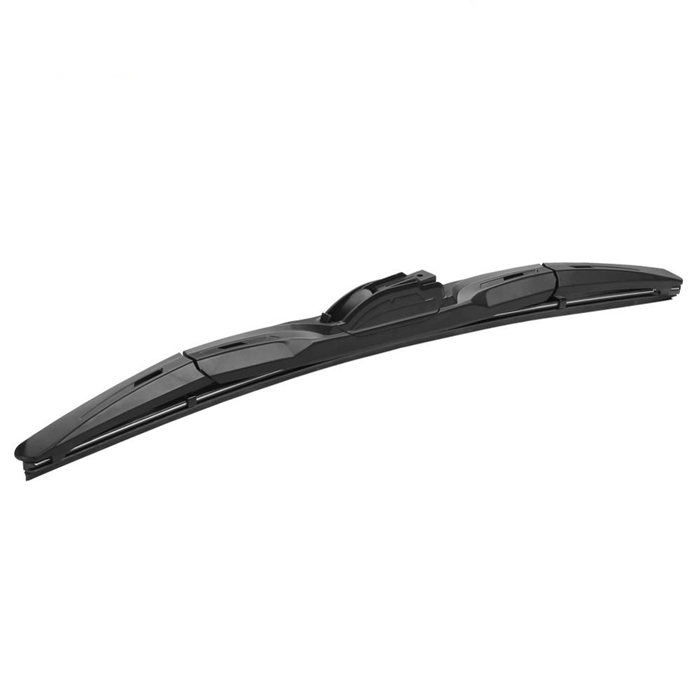
JJ Fit many Cars New design hybrid car wiper blade
JJ-603
-
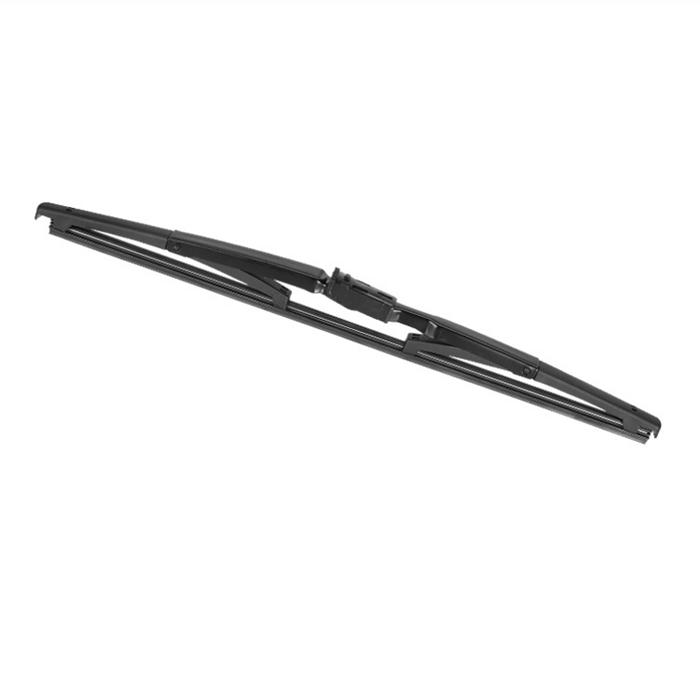
JJ Rear Wiper Blade For FIAT PALIO
JJ-19R
-
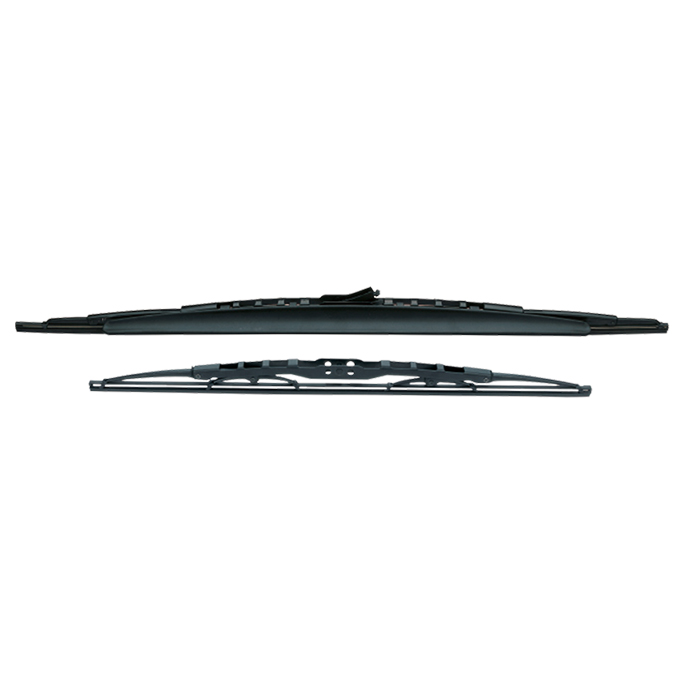
JJ wiper blade with nozzle and hose For Peugeot 206
JJ-810
-
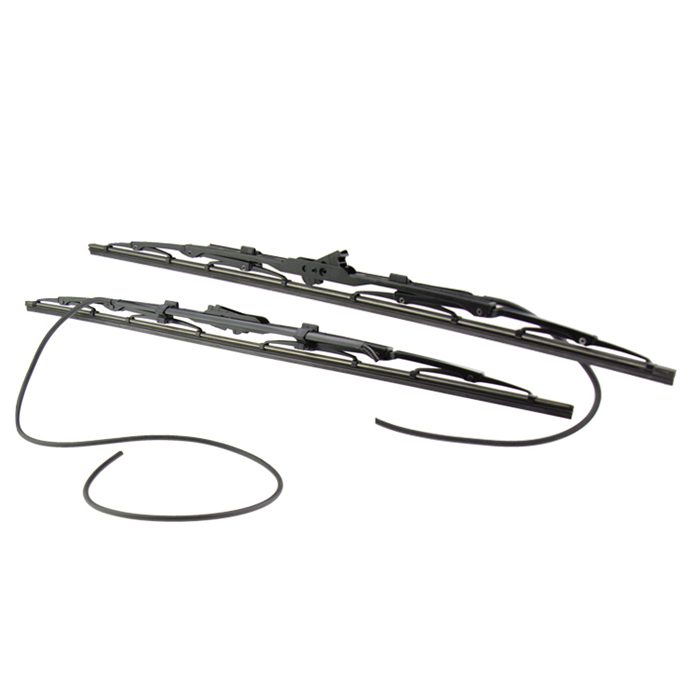
JJ wiper blade with spray nozzle and hose For PEUGEOT 405
JJ-405


